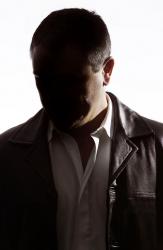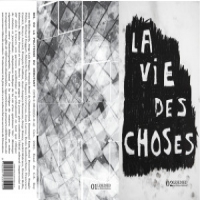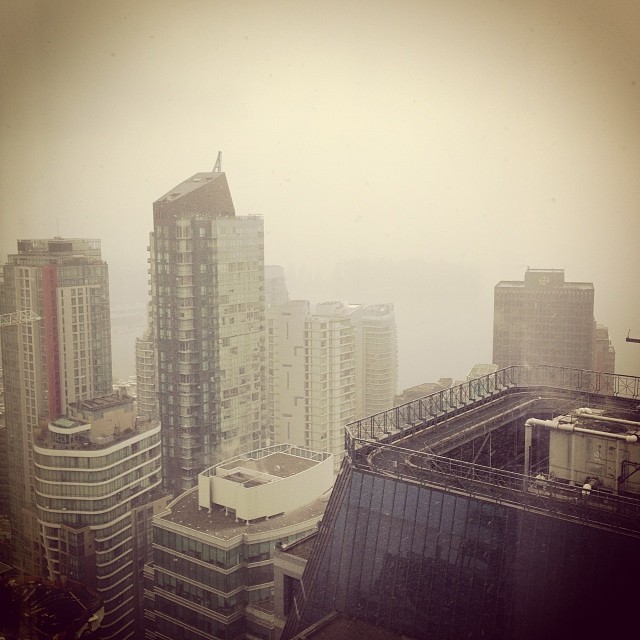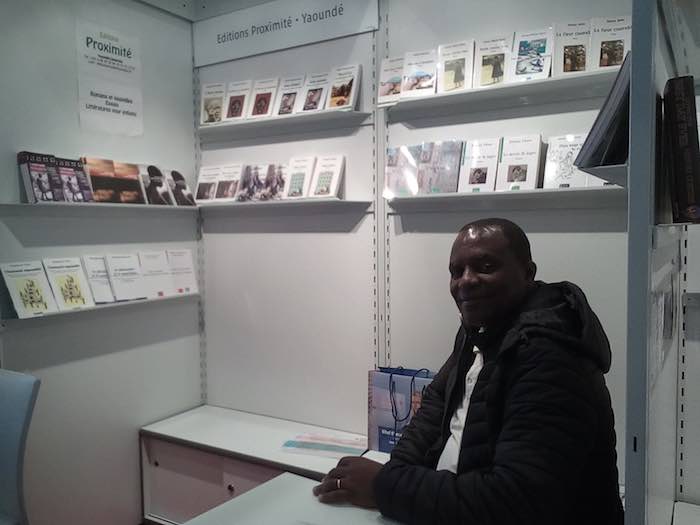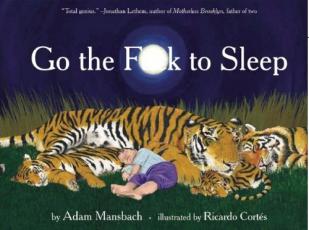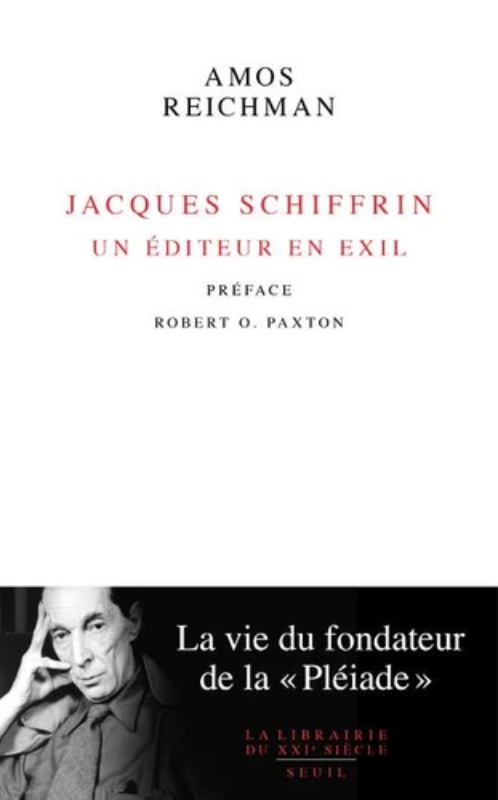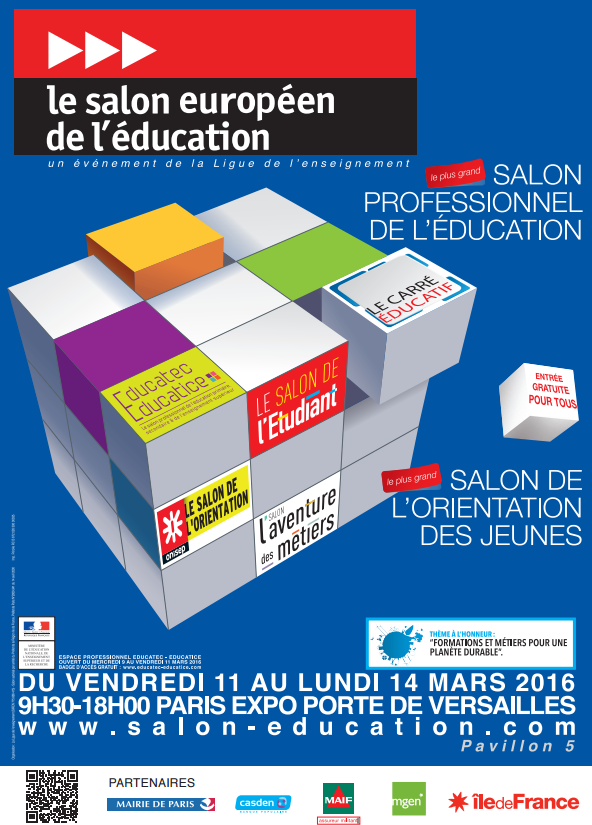Listening to What You See. Selected Contributions on Dutch Art, Edition
Dossiers
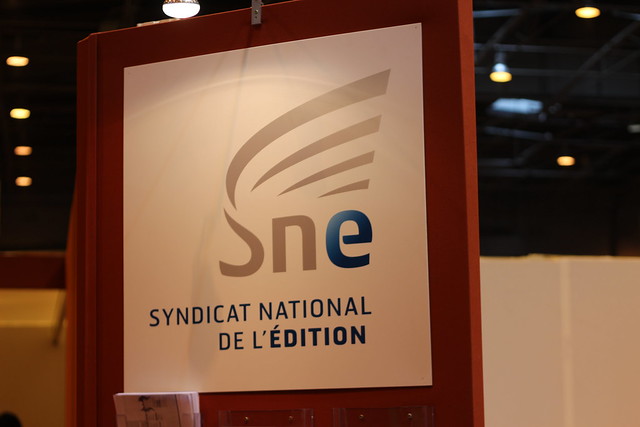
Le Syndicat national de l'édition (SNE)
Créé en 1874, le syndicat rassemblant les éditeurs de livres français devient le Syndicat national de l'édition à la sortie de la Seconde Guerre mondiale, en 1947, et réunit rapidement plusieurs centaines de maisons d'édition. La structure permet d'organiser l'action collective, notamment auprès des pouvoirs publics, mais aussi de mettre en œuvre des campagnes de promotion du livre et de la lecture au niveau national.
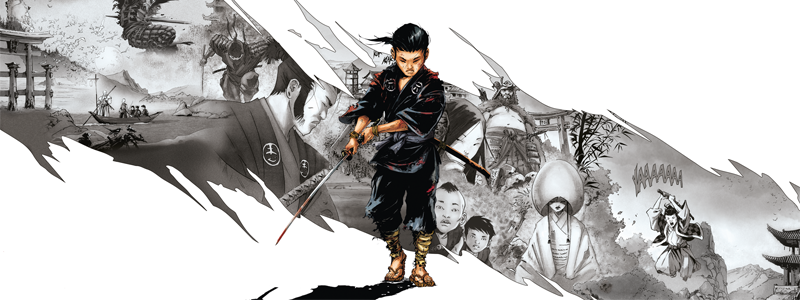
Samurai Origines : l'enfance de l'art
Dans la continuité de la série mère, Samurai, les créateurs Frédéric Genêt et Jean-François Di Gorgio ouvraient un nouveau cycle avec Samurai Origines, en septembre 2017. Un scénario dynamique et saisissant qui nous entraîne dans un voyage initiatique au cœur du Japon médiéval. Mais cette fois, en remontant à l’enfance de Takeo, leur personnage principal.

Saint-Elme, la folie d'un Twin Peaks, quelque part en Europe
« Ici, c’est spécial. » Depuis trois ans, Serge Lehman et Frederiks Peeters nous ont plongés dans une série dont les couleurs folles peinent à rester dans tranquillement dans leurs pages. Un polar percutant, aux personnages franchement décalés : avec la sortie du cinquième tome, Les Thermopyles, les comparses mettent le point final à leur saga au milieu des montagnes…

Assises nationales de l'édition indépendante : se définir et agir
Dans la droite ligne de son objet, la Fédération organise, en collaboration avec l’Agence régionale du Livre Provence-Alpes-Côte d’Azur, ses premières Assises nationales les jeudi 2 et vendredi 3 février 2023 à Aix-en-Provence. ActuaLitté, partenaire de l'événement, propose de retrouver dans ce dossier tous les articles, interviews et reportages en amont de la manifestation. Et durant ces deux journées, podcasts et témoignages seront diffusés en temps réel.
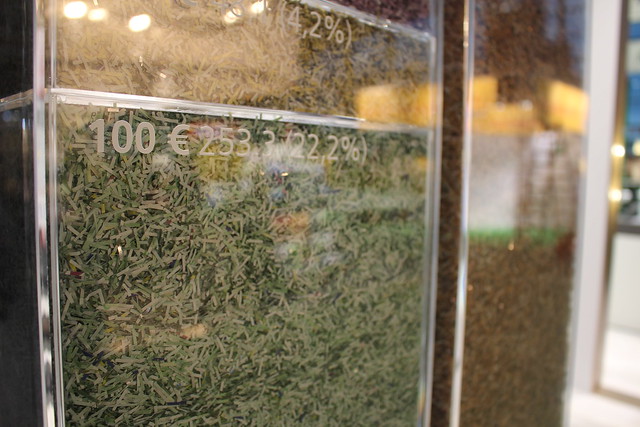
Ventes, production, cessions... Les chiffres de l'édition 2018-2019
L'édition française fait le bilan de l'année 2018, en demie-teinte : la baisse du chiffre d'affaires s'élève à 4,38 %, pour un total de 2 670,1 millions €. Si l'alarme n'est pas encore donnée, l'édition reste toutefois vigilante vis-à-vis d'une importance moindre accordée à la lecture face aux autres loisirs.
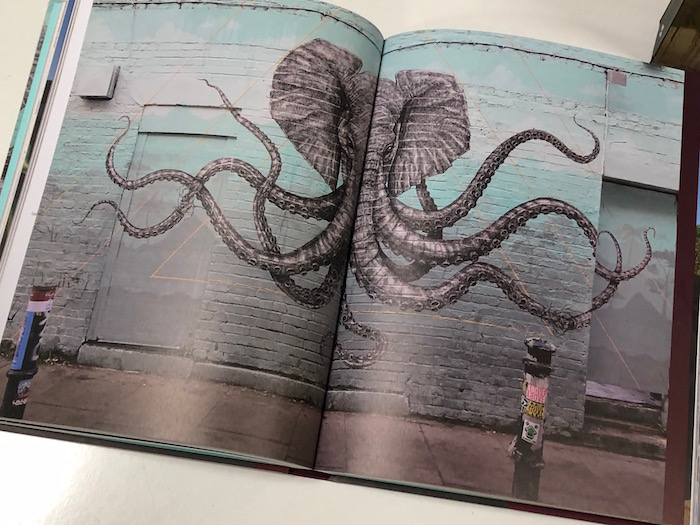
Street art, fresques, tags : des livres au détour des rues
Porté par des figures désormais internationales, comme Banksy, et bien d’autres, le Street Art, ou Art Urbain ne date pas d’hier.
Extraits
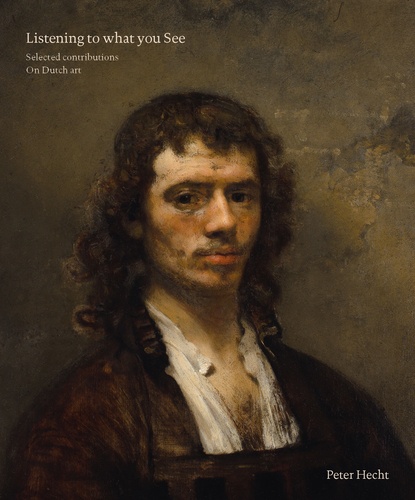
Monographies
Listening to What You See. Selected Contributions on Dutch Art, Edition
03/2024
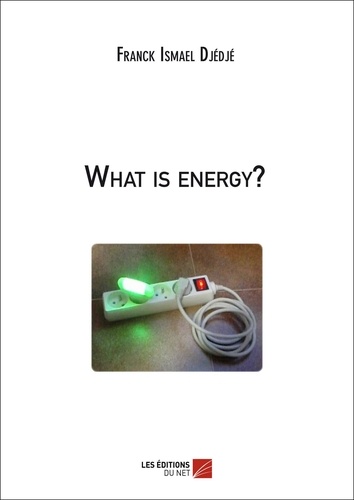
Physique, chimie
What is energy?
01/2016
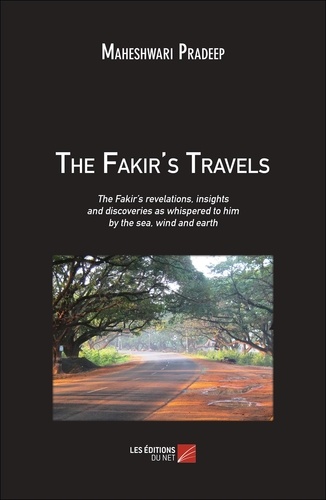
Sociologie
The Fakir's Travels
04/2014
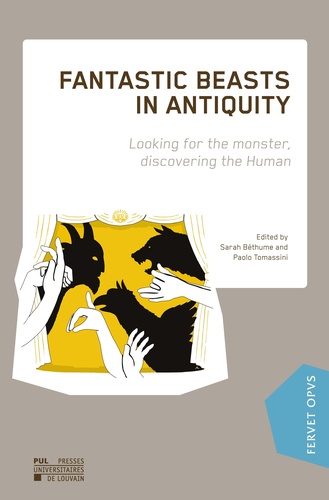
Archéologie
Fantastic Beasts in Antiquity. Looking for the monster, discovering the Human, Textes en français et anglais
02/2021
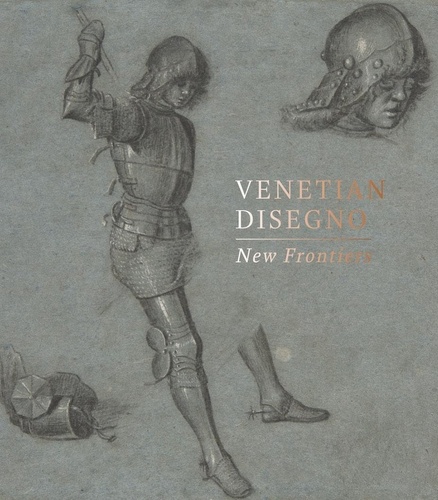
Monographies
Venetian Disegno. New Frontiers
03/2024
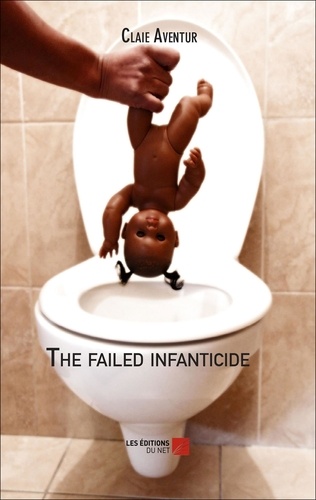
Critique littéraire
The failed infanticide
05/2014


